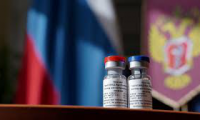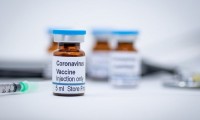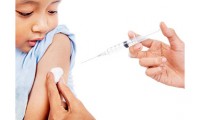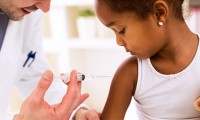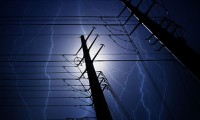-
Argentina to co-produce coronavirus vaccine with Mexico
- Source: drugdu
- 151
- October 31, 2020
-
Hopes rise for approval of coronavirus vaccine by end of year
- Source: drugdu
- 221
- October 27, 2020
-
Russia approves a second vaccine
- Source: drugdu
- 382
- October 19, 2020
-
Testing Set to Begin on a Coronavirus Vaccine
- Source: drugdu
- 501
- May 27, 2020
-
What ingredients are in vaccines?
- Source: drugdu
- 896
- December 17, 2019
-
What ingredients are in vaccines?
- Source: drugdu
- 194
- December 17, 2019
-
Debunking Myths about Vaccines and Autism
- Source: Ddu
- 914
- August 28, 2018
-
Importance of Vaccines
- Source: Vox
- 998
- August 20, 2018
-
Safety of Biological Vaccines During Floods & Power Failures
- Source: FDA
- 1,040
- August 20, 2018
your submission has already been received.
OK
Subscribe
Please enter a valid Email address!
Submit
The most relevant industry news & insight will be sent to you every two weeks.



